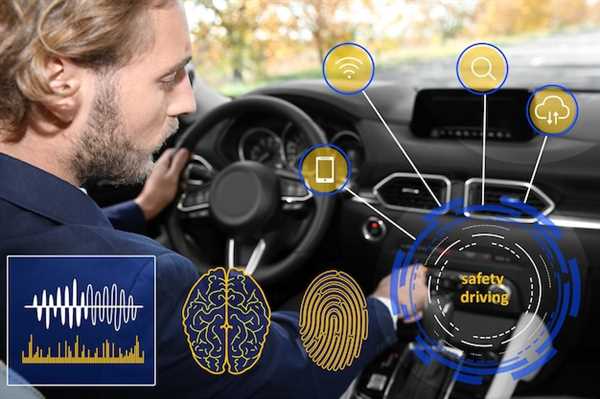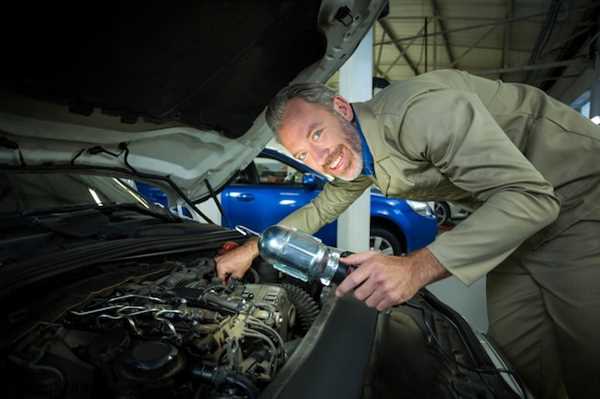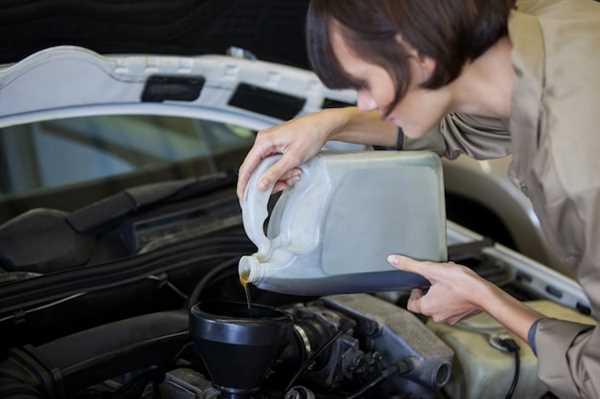

When evaluating the merits of contemporary vehicle features, consider incorporating systems designed to enhance driving ease and safety. Such technologies intuitively adjust speed based on traffic flow, ensuring that the distance between vehicles is maintained without manual input from the operator.
These innovations significantly alleviate the burden on drivers, allowing for a more relaxed experience during long commutes or highway travel. By integrating sensors and radar systems, these functionalities monitor surrounding vehicles and respond accordingly, thereby minimizing the risk of collisions.
Moreover, the convenience offered by these systems leads to improved fuel efficiency, as they encourage a smoother flow of traffic. Implementing these solutions not only benefits the driver but also contributes to safer road environments, making daily travel less stressful and more enjoyable.
How Adaptive Cruise Control Enhances Driver Comfort on Long Trips

The implementation of intelligent speed management significantly increases comfort during extended drives. This technology automatically adjusts vehicle speed in relation to the traffic flow, alleviating the need for constant acceleration and deceleration. By maintaining a safe distance from the vehicle ahead, drivers experience reduced fatigue associated with frequent manual adjustments.
Utilizing assistance features allows for better focus on the road. The system’s capability to adapt to varying speeds enhances concentration, freeing the driver from the psychological demands typically present in long-distance travel. This is particularly beneficial during monotonous highway stretches where maintaining engagement can become challenging.
By minimizing the physical demand on the driver, such as easing the strain on legs and lower back from continuous throttling, these systems contribute positively to overall well-being. Furthermore, the gradual adjustments in speed create a smooth driving experience, reducing stress levels and promoting relaxation within the vehicle.
Incorporating these advanced features also caters to the need for consistent comfort throughout the trip. The driver can confidently set a desired speed and let the system take over, allowing for deeper mental engagement with passengers or simply enjoying the journey without constant worry about compliance with speed limits.
To maximize the benefits of this technology, ensure regular system updates and maintenance checks. Familiarization with the vehicle’s features and capabilities enhances usability, enabling the driver to rely on assistance systems effectively. Engaging with these innovations leads to a more enjoyable and stress-free travel experience on long trips.
The Role of Adaptive Cruise Control in Reducing Traffic Congestion

The inclusion of advanced driver assistance systems significantly impacts traffic flow, offering a way to mitigate congestion. By maintaining optimal speed and distance between vehicles, these systems help prevent sudden braking, which often leads to bottlenecks. Optimizing speed reduces unnecessary accelerations and decelerations, creating a smoother driving experience.
Research indicates that vehicles equipped with such technology contribute to a reduction in stop-and-go scenarios. Maintaining appropriate gaps between prepped vehicles enhances overall road capacity, allowing more cars to move efficiently. This results in decreased travel times and less fuel consumption.
Drivers can benefit from reduced stress levels as their focus shifts from constant speed adjustments, allowing for a more relaxed driving experience. This kind of assistance encourages consistent traffic patterns, which are crucial for effective road use.
Implementing a system that adjusts to varying traffic conditions fosters a safer environment. By smoothing interactions between vehicles, the potential for accidents diminishes, leading to fewer disruptions on the road. Ultimately, embracing this technology serves as a proactive measure to address the growing issues of traffic delays and ineffective road use.
Safety Features of Adaptive Cruise Control: What You Need to Know
Utilize collision warning systems that alert the operator of potential obstacles ahead, prompting timely response to avoid accidents. These systems track the distance between vehicles, adjusting speed automatically while ensuring safe gaps are maintained.
Engage automated braking mechanisms that activate when the distance to the car in front shortens significantly. This feature minimizes impact risk, providing an additional layer of security.
Monitor lane-keeping assistance which aids in maintaining the vehicle within its designated lane using subtle steering adjustments. This contributes to enhanced stability, especially during long stretches on highways.
Consider traffic jam assistance systems designed to manage speed and distance in congested conditions. This minimizes stress for the operator, allowing the vehicle to handle stop-and-go scenarios autonomously.
Train operators on system functionality to ensure full understanding of activation and deactivation protocols. Familiarity with these features promotes safe usage and enhances overall driving experience.




